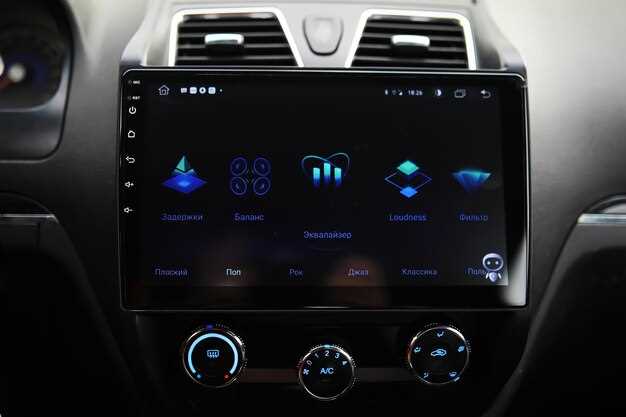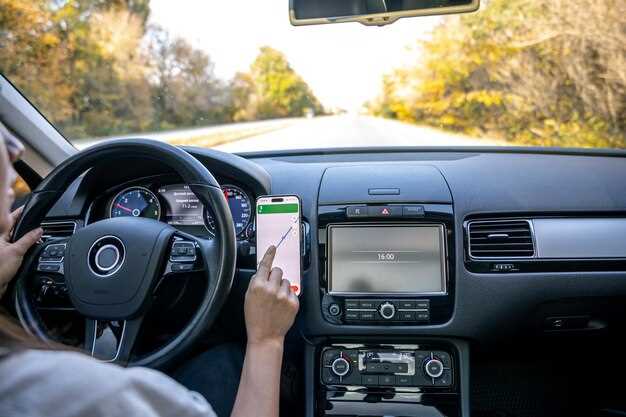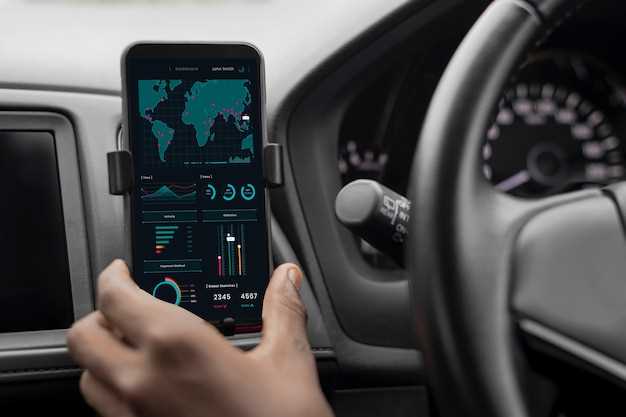
The automotive industry is undergoing a significant transformation, and one of the most exciting aspects of this evolution is the continuous advancement of infotainment systems. As cars become smarter and more connected, the role of tech in enhancing the driving experience has never been more crucial. Modern infotainment systems are not just about entertainment; they serve as integrated hubs that provide navigation, communication, and a plethora of applications designed to keep drivers and passengers engaged and informed.
Recent developments in infotainment technology focus on user interface improvements, voice recognition capabilities, and seamless smartphone integration. These features aim to deliver a more intuitive user experience while minimizing distractions. With the rise of over-the-air updates, car manufacturers are now able to enhance system functionality without requiring physical service visits, ensuring that vehicles remain current with the latest software.
Additionally, the integration of advanced artificial intelligence and machine learning algorithms is paving the way for smarter infotainment systems that can learn user preferences, adapt to driving habits, and even predict passengers’ needs before they arise. As this tech continues to evolve, the possibilities for creating bespoke in-car environments are becoming limitless, thereby enhancing not only convenience but also safety on the road.
Integrating Voice Assistance for Seamless Control
In recent upgrades to in-car infotainment systems, integrating voice assistance has emerged as a pivotal tech advancement. This feature allows drivers to execute commands without taking their hands off the wheel or their eyes off the road, enhancing safety and convenience.
Voice assistance technology enables users to control various functions, including navigation, music playback, and calls, through natural language commands. The seamless interaction reduces distractions, allowing for a more focused driving experience. Enhanced AI algorithms are pivotal in recognizing context and improving response accuracy, making voice control more intuitive.
Moreover, the integration of voice assistance fosters connectivity with smart home devices and apps, creating a cohesive ecosystem for users. For instance, drivers can adjust home thermostats or check security cameras directly from their vehicles, all through simple voice prompts.
With continuous updates and improvements, voice assistance in infotainment systems is likely to evolve, incorporating advanced features like voice recognition for multiple users and language processing for diverse demographics. This not only personalizes the driving experience but also encourages broader adoption of in-car technology.
In conclusion, integrating voice assistance represents a significant leap in infotainment systems, aligning with the growing demand for hands-free control and intelligent connectivity within vehicles.
Latest Connectivity Options: 5G and Beyond

The automotive industry is witnessing remarkable upgrades in in-car infotainment systems, driven largely by advancements in connectivity. The rollout of 5G technology is a pivotal development that enhances data transfer speeds, reduces latency, and provides a stable connection, enabling a new era of real-time features and services.
5G connectivity allows for seamless integration of cloud-based applications, enhancing navigation systems with real-time traffic updates and weather forecasts. Infotainment systems can now pull streaming media, video content, and gaming options directly from the cloud, ensuring passengers have access to comprehensive entertainment choices during their journeys.
As automotive manufacturers explore beyond 5G, future connectivity options such as 6G are on the horizon, which promises even greater speed and improved resilience. This next generation of networks is expected to support a vast array of applications, including vehicle-to-everything (V2X) communication, where vehicles can interact with each other and infrastructure for enhanced safety and traffic management.
Another significant advancement is the implementation of Wi-Fi 6, which complements 5G technology by providing high-speed internet access within the vehicle. This allows multiple devices to connect simultaneously without sacrificing performance, providing passengers with a reliable internet experience.
Overall, the latest connectivity options not only enhance the functionality of infotainment systems but also elevate the entire driving experience, making it more interactive and enjoyable. As these technologies continue to evolve, the possibilities for in-car entertainment and connectivity are virtually limitless.
User Interface Innovations for Enhanced Driver Experience

Recent upgrades in in-car infotainment systems have significantly transformed the way drivers interact with their vehicles. These innovations focus on creating a more intuitive and responsive user interface, allowing for seamless integration of technology and enhancing the overall driving experience.
Touchscreen Interfaces have become more advanced, featuring high-resolution displays that provide clearer visuals and improved touch sensitivity. This upgrade allows drivers to access information quickly and efficiently, minimizing distractions while on the road.
Voice Recognition Technology has made significant strides, enabling hands-free control of various functions. With enhanced voice commands, drivers can adjust settings, make calls, and navigate without taking their hands off the wheel or their eyes off the road. This tech not only adds convenience but also prioritizes safety.
Personalized User Profiles are another notable innovation, allowing multiple drivers to save their preferences, including seat position, climate control settings, and favorite media options. This feature ensures that every driver enjoys a tailored experience each time they get behind the wheel.
Augmented Reality (AR) Navigation is gradually being integrated into infotainment systems, providing real-time overlays of directions onto the live view of the road. This upgrade enhances situational awareness, allowing for more informed decision-making and easier route navigation.
Furthermore, the integration of smartphone apps into the infotainment system via platforms like Apple CarPlay and Android Auto has become standard. These technologies enable drivers to use familiar interfaces for music, messaging, and maps, reducing the learning curve associated with new systems.
All these user interface innovations represent a significant leap forward in enhancing the driver experience, merging functionality with safety and comfort. As the tech continues to evolve, the in-car infotainment systems promise to become even more responsive and user-friendly, ultimately transforming the way drivers engage with their vehicles.




